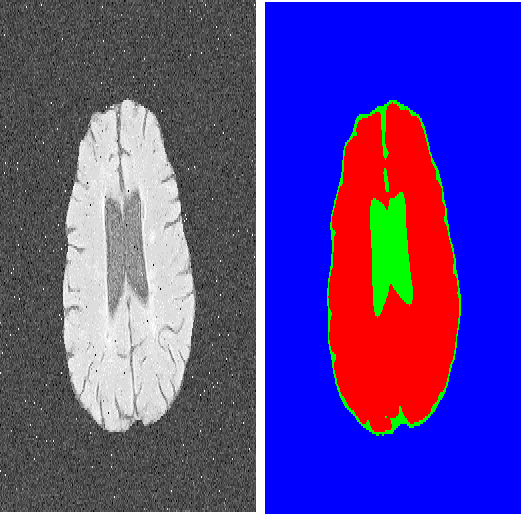Pixel-wise segmentation is one of the most data and annotation hungry tasks in our field. Providing representative and accurate annotations is often mission-critical especially for challenging medical applications. In this paper, we propose a semi-weakly supervised segmentation algorithm to overcome this barrier. Our approach is based on a new formulation of deep supervision and student-teacher model and allows for easy integration of different supervision signals. In contrast to previous work, we show that care has to be taken how deep supervision is integrated in lower layers and we present multi-label deep supervision as the most important secret ingredient for success. With our novel training regime for segmentation that flexibly makes use of images that are either fully labeled, marked with bounding boxes, just global labels, or not at all, we are able to cut the requirement for expensive labels by 94.22% - narrowing the gap to the best fully supervised baseline to only 5% mean IoU. Our approach is validated by extensive experiments on retinal fluid segmentation and we provide an in-depth analysis of the anticipated effect each annotation type can have in boosting segmentation performance.
翻译:象素分解是本领域最差的数据和饥饿的任务之一。 提供有代表性和准确的注释往往是任务的关键, 特别是具有挑战性的医疗应用。 在本文中,我们建议采用半弱的监管分解算法来克服这一障碍。 我们的方法基于一种新型的深度监督和师生模式,便于整合不同的监督信号。 与以往的工作不同, 我们表明, 需要小心谨慎, 如何将深度监督纳入下层, 我们提出多标签的深度监督作为最重要的秘密成功要素。 我们的分解新培训制度, 灵活地使用带有充分标签、 标有条框的图像, 仅仅是全球标签, 或根本不使用, 我们能够将昂贵标签的要求减少94. 22%, 将最受全面监督的基线缩小到只有5% 平均的IoU。 我们的方法通过对视离子液分解的广泛实验得到验证, 我们对每种类型的批注解在增强分解性作用方面的预期效果进行了深入的分析。




